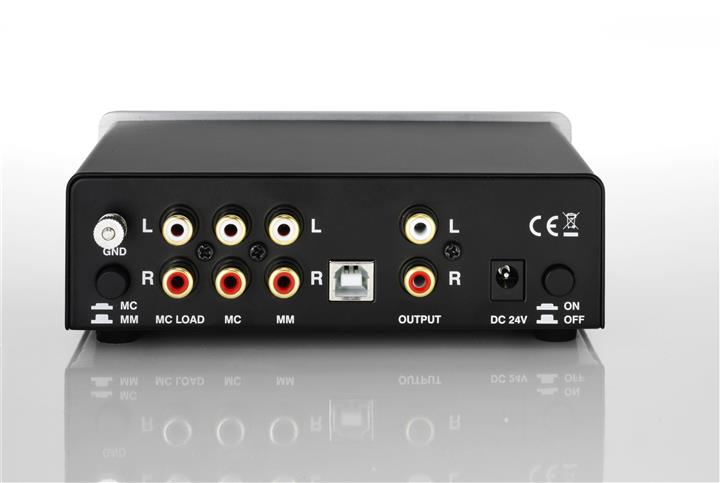

- Digital photo converter software#
- Digital photo converter professional#
Here is some of the equipment to consider for your slide digitization project:Ī slide scanner is designed to scan and digitize individual slides quickly and efficiently. If you have hundreds or thousands of slides to convert rather than just a box or two of them, the cost of a slide scanner may be justifiable.
Digital photo converter software#
You will also need decent quality photo software to clean up the digital scans. If you decide to tackle the project yourself, you will need to purchase, rent, or borrow one or more pieces of equipment to help you with this process.
Digital photo converter professional#
When it comes to converting those slides to a digital format, you can choose to take the DIY route or use a professional service. This is more streamlined and space-saving than a projector tray. When you convert them to digital, you can store them in an archival slide box designed to preserve them. For convenience, many slides are held in projector trays, which are bulky and take up a lot of space. Converting them to digital gives you the chance to ask for and document the stories for future generations to enjoy. Your parents or grandparents are likely to know the details behind these photos. However, if you don't know the story behind them, you may not fully appreciate the significance of those moments. Getting them converted to digital makes these photos accessible and shareable. Hardly anyone uses a slide projector anymore, and many of those photos don't exist in any other format.
The pictures are trapped in an old format. In the heat, the glue holding the film in place can melt and ruin the image. The film can become a place for mold and mildew to grow in moist conditions. Slides deteriorate. A slide is nothing more than a very thin piece of film enclosed in a rigid square of paper or cardboard. Converting slides to digital format is one way to preserve these images even if the physical slides are irreparably damaged. While you may not want to dwell on such scenarios, you still have to be prepared for them and take steps to ensure your possessions against destruction. Faulty electrical wiring may spark a fire in the attic or a toilet may spring a leak and flood the entire basement. In addition to this, there are other unforeseen events that may wipe out a set of old slides stored in the attic or basement. They can be accidentally thrown out during a round of decluttering for example. There is always a risk of certain items getting lost during a move and slides stored in small boxes are easily misplaced in the relocation process. According to some estimates, the average American moves 12 times in a lifetime. This is the #1 and most compelling reason to digitize your slides. Though different designs are used for these converters, most of them allow a photograph to be inserted into the device, and once inside, the image is scanned to a digital file on a computer.First, why do you need to convert slides anyway? These devices differ from flatbed scanners in that they often do not create some of the difficulties with hair and dust appearing in the scanned image, which can occur when using a flatbed device. Old photos can be preserved as digital images with a photo converter.Īlso called a digital picture converter, a digital photo converter is usually relatively small so it can easily fit onto a desktop or other area for use. A digital photo converter can also offer some other features, such as scanning of negatives or slides. This type of converter can be designed in various ways, though they often have a frame that holds a picture, which is then placed into the device and scanned to a connected computer. These devices are somewhat similar in concept to a scanner, but are intended specifically to function with photographs and often provide other features aimed at that purpose. A digital photo converter is a device that can be used to scan physical photographs and create a digital photo file on a computer of that image.





 0 kommentar(er)
0 kommentar(er)
